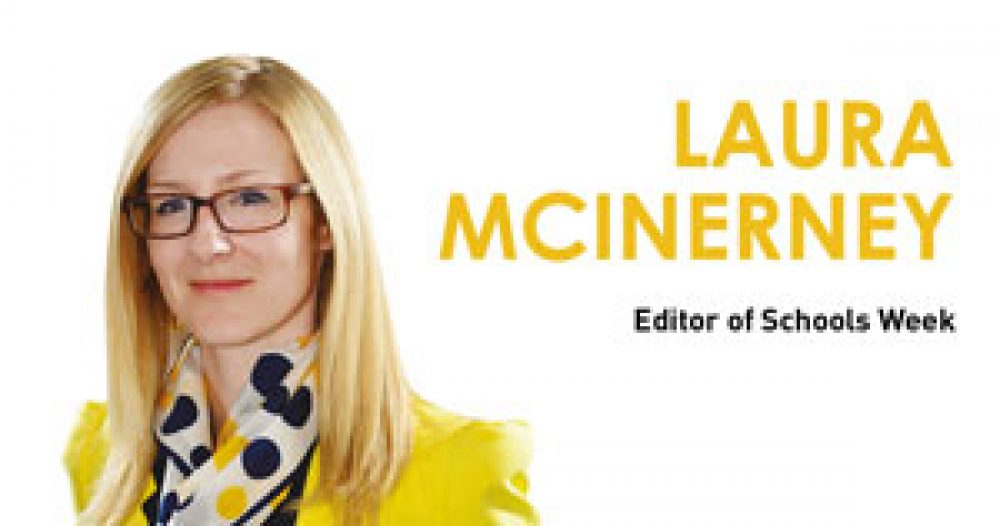There are two types of blind spot: one in your eyes, the other in the world around you. Education is suffering from both.
Every eye has a punctum caecum, a small spot at the back of the eyeball that cannot absorb light and so causes a hole in your sight. If you have two eyes, you can use information from one to cover for a lack in the other. But if you lose an eye, the brain has to fill in the information as best it can.
Optical illusions trade on this, making shapes appear and disappear when you close one eye.
This sort of blind spot is affecting the decade-long plan to make academies the ultimate vehicle for school improvement.
See, the whole idea of moving under-performing schools into the hands of brilliant academy chains only works so long as the organisations are willing to take the under-performers on. The obvious problem, which politicians have let sit on their punctum caecum for too long, is what happens when no one wants the school?
Last year, the government came up with a solution. Cash!
Give awesome academy chains boodles of cash so then they’ll want the schools. Only, even that isn’t working. Despite offers of millions of pounds chains are still walking away from schools in need, just as we predicted in our 2015 story on “toxic schools”.
The way to break an optical blind spot is to stare directly at the object you want to see
The way to break an optical blind spot is to stare directly at the object you want to see. Not to one side of or slightly above it. You must glare at it dead on.
What, exactly, are we going to do with the schools that no one wants? That’s the question for 2017. Let’s see how long it takes to answer.
The second type of blind spot is created by the environment. When driving, for example, some parts of the road are almost impossible to see by looking in wing mirrors. The “almost” is important, though. Automotive engineer George Platzer designed in the 1990s a way of angling car mirrors to eliminate blind spots large enough to hide a car. His next invention, a stick-on convex mirror, eliminated blind spots altogether.
This sort of blind spot is more akin to what we are seeing at Ofsted. As our story this week reveals, some schools have not been inspected for more than a decade. Right now, they are sitting in a blind spot, unseen by Ofsted. However, the inspectorate has set up a series of mirrors that it feels are adequately showing the school is currently safe and not doing anything risky. Should a school start zig-zagging wildly, then the inspectorate will see it. If it’s chugging along merrily, then there’s no problem.
The question here is whether Ofsted really can check on everything in a school from a distance. Can it see if physical conditions are appropriate? Curriculum broad? Safeguarding appropriate? After all, rearview mirrors stop being helpful if you suddenly hit fog.
One suggestion for the further education sector is that outstanding colleges might join the roster of good-rated institutions given shorter inspections.
If this happens, it will be fair for schools to ask why they should not be treated similarly. Let’s wait and see how long it takes to get an answer to that one.








Imagine if we applied the Academy model of educating our society, to our health system.
In such a health system the doctors would only work with healthy people, and those people with long term disabilities would be left to rot. The doctors would be free to choose who could be on their books, and they would make more profit by only treating healthy people. The doctor executives would be able to pay themselves higher and higher salaries only if they did not have to spend money on curing sick people. Why would doctors under this system ever want to treat sick people?
When the education system was run by Local Authorities the role of LAs was to educate all the school age population in their locality. The role of an Academy Trust is to build a successful Academy Trust. Academy Trusts are run by people who know how to successfully sell carpets. There is no blind spot for them. They are doing exactly what would be expected of them and we are paying them handsomely for it. Why would we expect them to give their carpets away?
Brilliant. Health Service analogies often reveal the craziness of the way education is run.